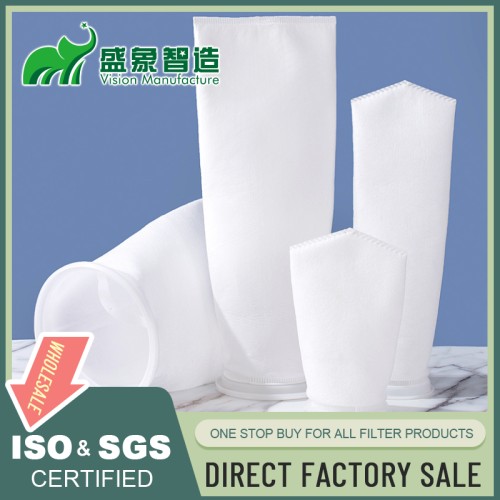In industrial applications, the quality of fabric used plays a pivotal role in ensuring efficiency and durability. Among various types of cotton used in these sectors, combed cotton is distinguished by its superior quality and performance. This introduction explores the critical role of fabric quality, provides an overview of cotton types, and delves into the unique properties of combed cotton.
Combed cotton, known for its high quality, undergoes additional processing compared to standard cotton. This process, called combing, involves fine brushes that pull out shorter fibers and impurities, resulting in a smoother and more durable fabric. This section contrasts combed cotton with standard cotton, highlighting its superior attributes for industrial uses.
The use of combed cotton in filtration systems offers numerous advantages. Its finer fiber quality enhances filtration capabilities, efficiently trapping fine particles while minimizing fiber shedding and contamination. The inherent durability of combed cotton also stands up well against harsh environmental conditions, making it ideal for sensitive applications due to its hypoallergenic properties.
Combed cotton's versatility makes it suitable for a variety of filtration applications. It is extensively used in the chemical and pharmaceutical industries, water purification systems, and air filtration units. Its ability to be integrated with other synthetic filtration materials further enhances its utility in diverse settings.
Comparing combed cotton to synthetic fibers reveals its strengths and weaknesses in different filtration contexts. While synthetic fibers may offer certain benefits in terms of longevity and resistance to microbial growth, combed cotton competes favorably in terms of cost-effectiveness, filtration efficiency, and environmental impact. Case studies illustrate these practical differences and guide material selection.
To maximize the lifespan and efficiency of combed cotton filters, proper maintenance is crucial. This section provides guidelines on cleaning techniques, regular maintenance practices, and troubleshooting common issues. These best practices help maintain the integrity and performance of cotton-based filtration systems.
Technological advancements are continually shaping the production of industrial-grade combed cotton. Innovations in cotton combing processes and treatments aim to enhance the filtration properties of combed cotton, with a focus on sustainability practices in its production. This not only improves performance but also contributes to environmental conservation.
The future of cotton-based filtration technologies looks promising, with ongoing research aimed at enhancing the properties of cotton fibers. Emerging markets and applications provide new opportunities for the use of cotton filters. The development of hybrid materials that combine cotton with advanced synthetics could revolutionize filtration practices, guided by sustainability trends.
Combed cotton offers significant advantages in
industrial filtration, combining quality, performance, and sustainability. The strategic importance of material selection is paramount in these applications, urging industry leaders to consider combed cotton solutions. This call to action highlights the ongoing need for innovation and adaptation in the filtration industry, ensuring continued improvement and efficiency.


